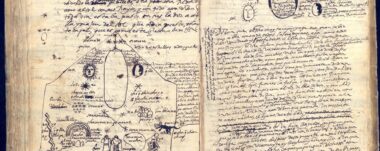Pre-Columbian Sites in Costa Rica
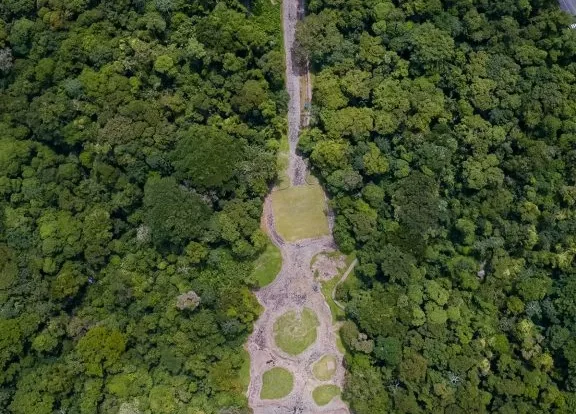
Pre-Columbian sites
In 2024, almost 3 million tourists visited Costa Rica. Many of them took part in adventure excursions such as rafting and canopy tours, as well as nature and wildlife tours. However, few know that, in addition to these activities, the country is also home to unique archaeological sites dating back centuries before the arrival of European colonizers. Below, we present four of Costa Rica’s most outstanding pre-Columbian sites, each with an enigmatic past.
1. The Stone Spheres at Finca 6 (and other places)
Located in Palmar Sur, in the Osa region, Finca 6 is one of two archaeological sites open to the public in Costa Rica. Many of the stone spheres discovered there have remained in place since their discovery. To date, more than 300 carved spheres have been found, estimated to have been created between 200 BC and 1500 AD. These spheres vary in size from a few centimeters to more than 2 meters in diameter and can weigh up to 15 tons.
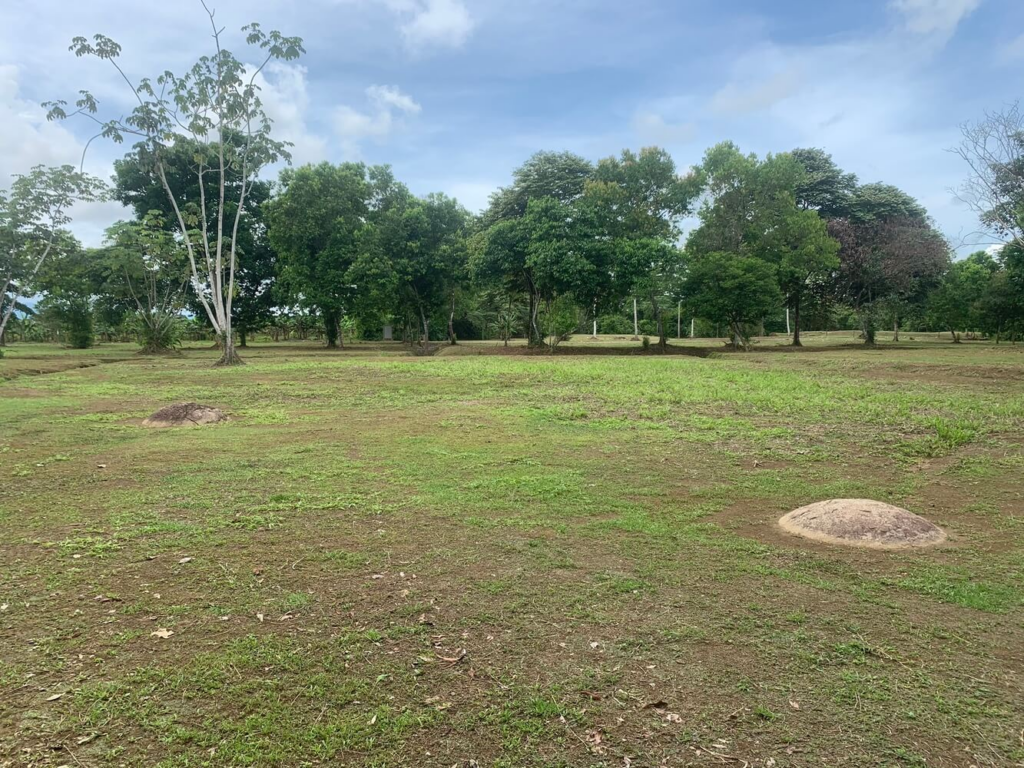
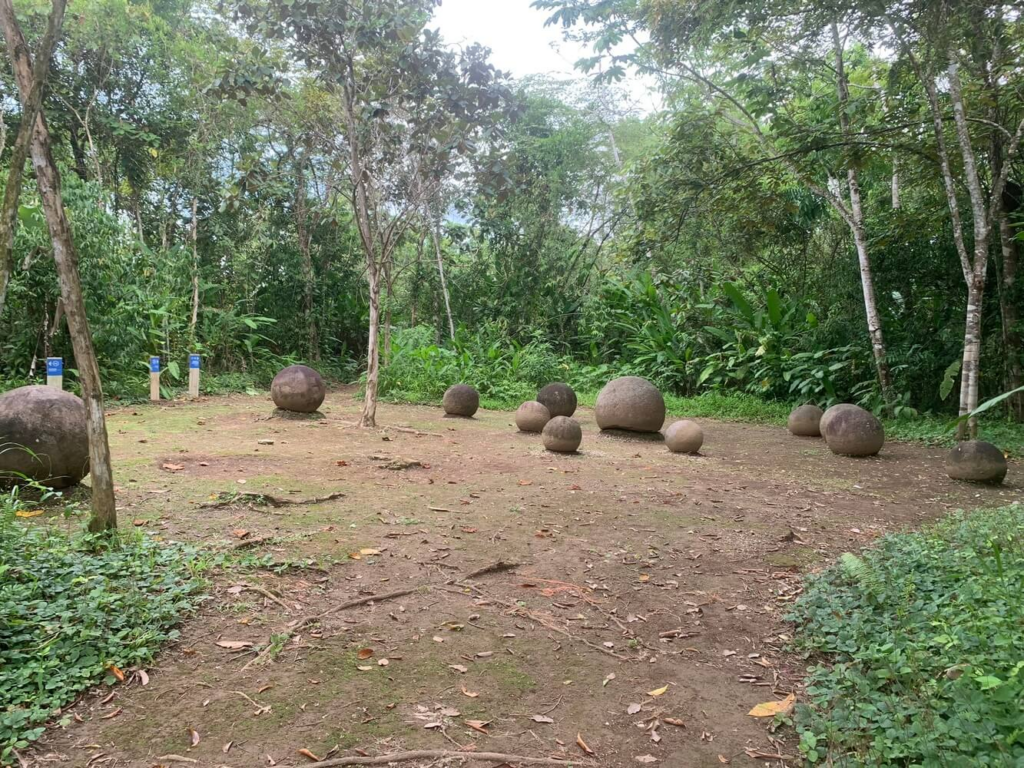
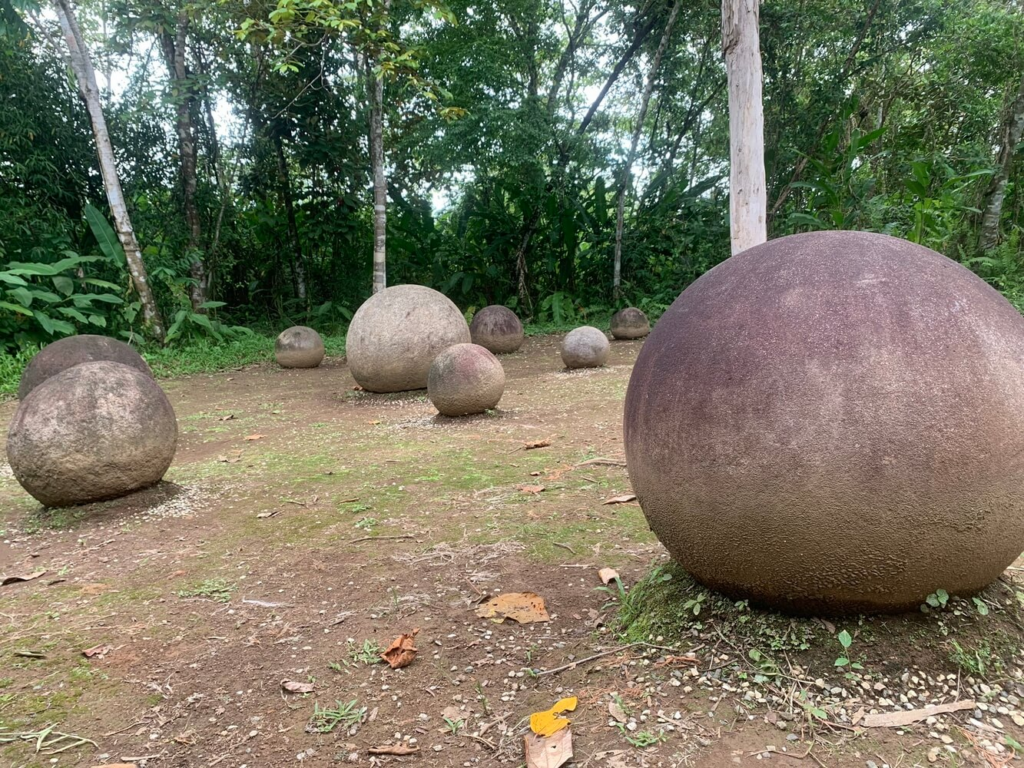
However, the authorities have moved most of the spheres to different parts of the country. The main hypothesis of archaeologists suggests that they could represent solar systems or symbolize different phases of the sun and moon observed with the naked eye. During the months of April and August, a group of three spheres within a distance of 75 meters aligns with the sun at its zenith. In 2014, Finca 6 was included in the UNESCO World Heritage List.
2. Guayabo National Monument
The Guayabo National Monument is the other archaeological site open to the public in Costa Rica. It is located to the northwest of the city of Turrialba, on the slopes of the volcano of the same name, and protects an area of approximately 20 hectares with structures dating back more than 3,000 years. The site is made up of a series of architectural constructions made of river stone and boulders and was inhabited for around 2,400 years.
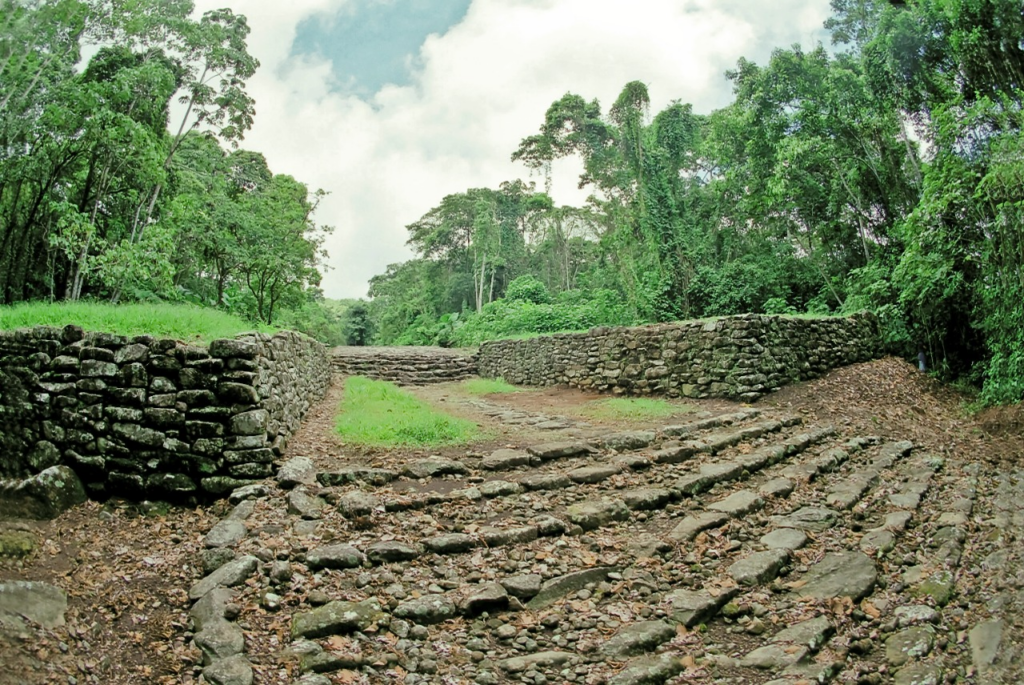


One theory suggests that Guayabo was a prosperous pre-Columbian city that functioned as a center of commerce, religion and governance. The international community has recognized the site as a World Heritage Site of Civil Engineering due to its advances in engineering and urban planning.
3. The Farallón
Located within a private estate near the town of Cañas, in the province of Guanacaste, El Farallón is a rocky wall covered with petroglyphs. The inscriptions include abstract representations of humans and animals such as monkeys, birds and fish, as well as geometric figures including spirals, concentric circles, lines and triangles. These inscriptions are estimated to date from around 500 BC.



Due to the quantity and state of conservation of the petroglyphs, El Farallón has been declared part of the Architectural and Historical Heritage of Costa Rica.
4. Las Mercedes
Las Mercedes is located in the Central Atlantic Region of the province of Limón, between the Turrialba Volcano and the Caribbean lowlands. Covering an area of approximately 25 hectares, this site was the center of an important chiefdom that existed for some 500 years, between 1000 and 1500 AD.
The complex included a plaza for public ceremonies surrounded by dwellings and various architectural structures, such as platforms, terraces, retaining walls, funerary areas, ramps and paved roads. Archaeologists excavated Las Mercedes in the 1870s during the construction of the San José-Limón railroad. Unfortunately, they sold many of the stone statues and figurines found to private collections or donated them to museums in North America and Europe.


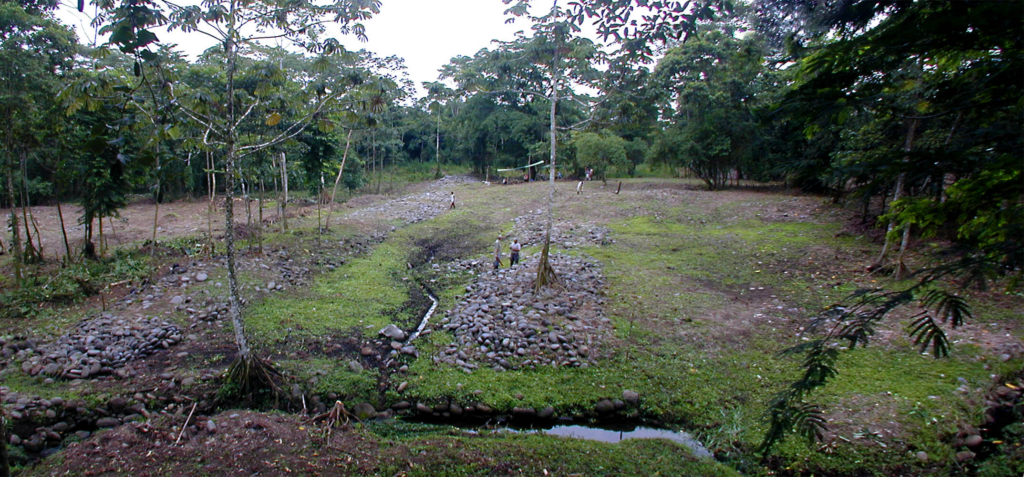
These four sites offer a fascinating insight into the ancient civilizations that inhabited Costa Rica long before the arrival of the colonizers. If you are looking for an experience beyond nature and adventure, these archaeological destinations are a must-see.
Pre-Columbian sites
Sensorial Sunsets
Navigate articles






